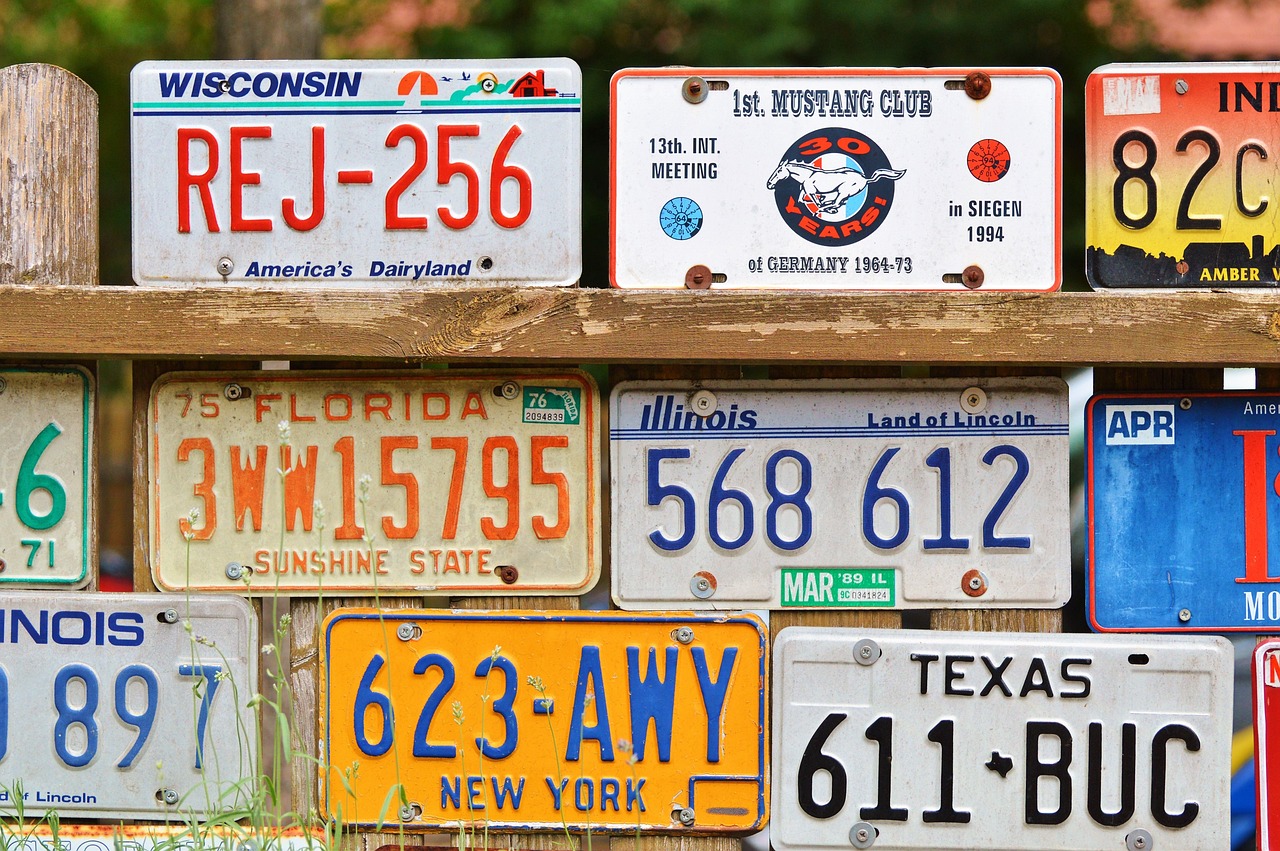Can we help you?
Contact us

Can we help you?
Contact us

Thank you for contacting us
Your form has been submitted successfully Our team will contact you again as soon as possible.
Whooppss...!! An error has occurred
Try sending later or write an email directly to areaempresas@ua.es

INFO
SHEET
DOWNLOAD
EXECUTIVE
ABSTRACT
CONTACT DETAILS: Research Results Transfer Office-OTRI
University of Alicante
Tel.: +34 96 590 99 59
Email: areaempresas@ua.es
http://innoua.ua.es
The Lucentia research group at the University of Alicante has developed a device to be installed in a vehicle and recognize Persian license plates in motion by means of image processing. The novelty lies in the ability to perform this process completely autonomously in real time, with minimal power consumption and without being connected to the Internet.
The group is looking for companies interested in acquiring this technology for commercial exploitation or in its development to adapt it to license plates with Western characters.

Currently, license plate image recognition systems run on devices such as cameras, data transmission equipment, storage systems or others, based on small decentralized pieces of software capable of recording moving images and sending them, through the communications network, to a central recognition system. In other words, they are distributed systems in which multiple devices are interconnected by their own communications network or the Internet.
For scenarios in motion without Internet connection and where completely sharp images need to be processed, this type of distributed systems is not feasible for the following reasons:
• They would require high power consumption unfeasible with the current battery capacity of these devices. In addition, power consumption increases exponentially in adverse lighting conditions such as lack of light, spots on the license plate, rain and other elements that hinder the illumination of the license plate.
• They might have a very low level of efficiency since real-time license plate identification requires a higher computational capacity than any current mobile device allows.
• There are no mobile systems that are capable of real-time identification of license plates based on Persian characters.
On the other hand, existing solutions on mobile devices are capable of identifying objects in a single image processing, which, in principle, makes them feasible for real-time recognition. However, the further processing involved in detecting the license plate, correcting perspective deviations, Persian character extraction, filtering and recognition are already much more problematic.
In addition, current distributed and mobile systems are mainly based on the Latin alphabet, which is the most widely used writing system in the world. Therefore, there are currently no solutions for Persian characters, which are also more complex to recognize due to their characteristics.
The present invention is capable of processing moving images at the speed required for real-time license plate recognition applications, recognizing Persian license plates in low-light environments both on mobile and stationary devices. The developed method and models are optimized for the whole identification and recognition process to be performed with relatively low-cost products such as devices known in the market.
The method is based on three main stages:
1) Model inference by analyzing the frames of the video sequence, with optimizers to delegate the execution to the graphics processor of the mobile device.
2) Homographic transformation for tilt correction. This process starts with a rigorous calibration, which allows to transfer the scene plane to the camera plane of the mobile device, correcting the deformations by the tilt angle.
3) Optical Character Recognition (OCR): In this stage the characters are extracted, after a process of segmentation of each of the characters of the license plate.
The device is prepared to optionally connect to external points to extract vehicle information and perform specific actions related to the legal or technical situation of the vehicle.
MAIN ADVANTAGES OF THE TECHNOLOGY
The main advantages of this technology are as follows:
• The device is able to perform recognition with a variable angle, both horizontally and vertically.
• The developed method allows efficient recognition of license plates even in adverse lighting conditions such as low illumination, dust and rain, foreign elements on the license plate or fog.
• The ability to select the license plate of interest, taking into account that several cars may appear in the same scene, allows reducing the computation and storage cost.
• Efficiency level higher than 90%.
• The method is specifically designed for license plates with Persian characters of great complexity due to their typographic elements, in addition to recognizing special symbols, such as those intended to identify people with reduced mobility, special vehicles or cabs. Additionally, the invention also allows handling different types of colors, which are used for protocol, public or private vehicles.
• The technology would be easily adaptable to other types of license plates with Western or other characters.
INNOVATIVE ASPECTS
• Persian character-based license plate detection from a mobile device that operates autonomously in real time.
• Without the need to be connected to a communications network or the Internet.
• With low power consumption, making it suitable for use in mobile devices.
• The recognition method is based on several optimizations in the artificial intelligence models it uses, to take advantage of the device's hardware accelerators, i.e. its processor and graphics unit.
The technology has been developed at laboratory level, with a prototype that has validated its effectiveness.
It is mainly aimed at the Transport sector, although it can be applied to any sector that requires license plate recognition to control the entry or exit of goods or vehicles.
We are looking for companies interested in acquiring this technology for commercial exploitation through patent license agreements or for the development of the technology and its adaptation to license plates in other countries.
This technology is protected by patent application:
• Patent title: “Dispositivo y método de reconocimiento de matrículas persas en movimiento”
• Application number: P202331068
• Application date: 21/12/2023
Transport and Automotive

Carretera San Vicente del Raspeig s/n - 03690 San Vicente del Raspeig - Alicante
Tel.: (+34) 965 90 9959




